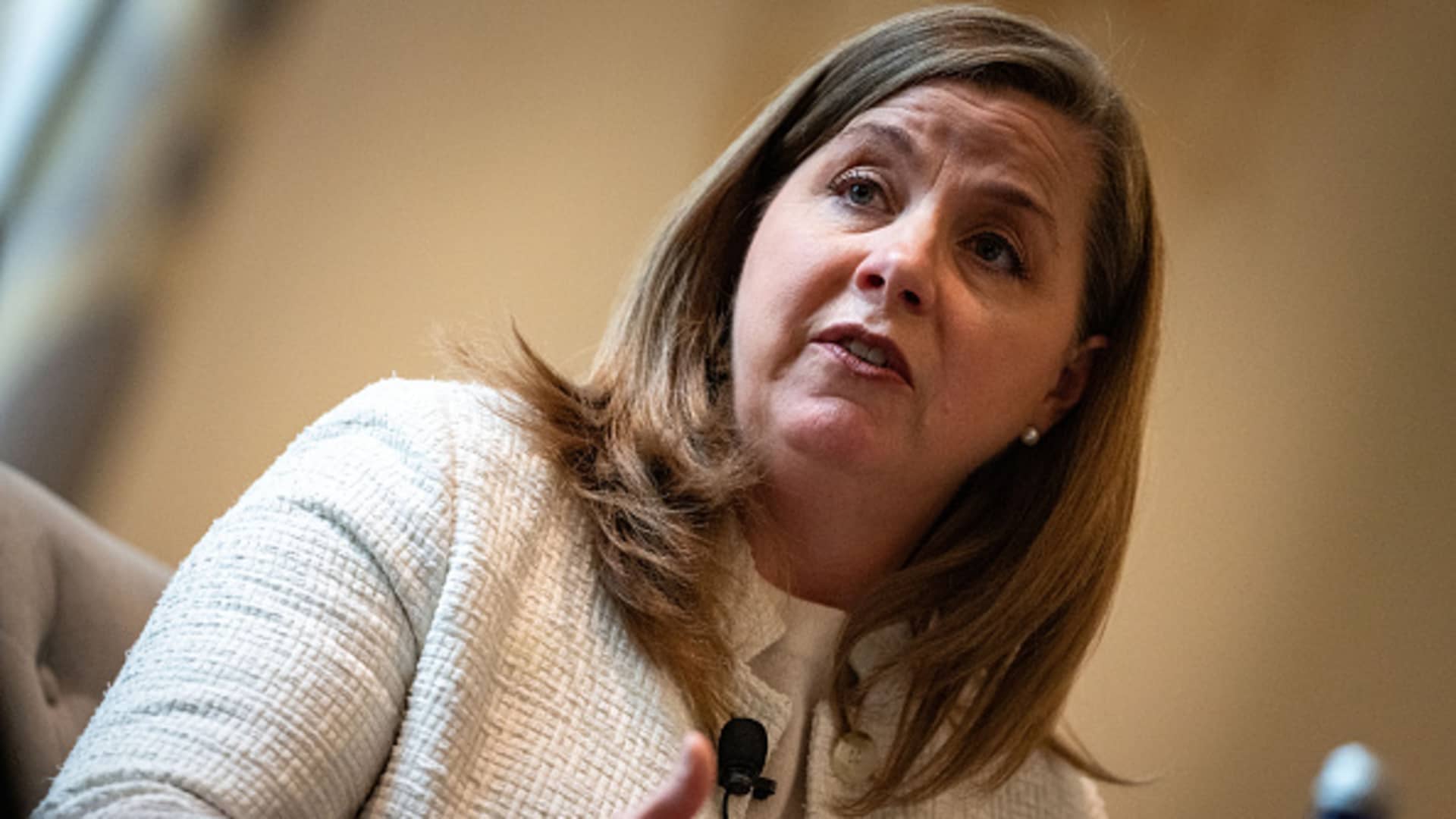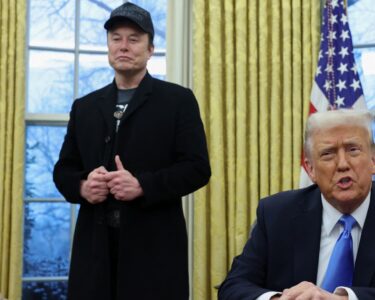Federal Reserve Governor Michelle Bowman said Tuesday the time is not right yet to start lowering interest rates, adding she would be open to raising if inflation doesn’t pull back.
“Should the incoming data indicate that inflation is moving sustainably toward our 2 percent goal, it will eventually become appropriate to gradually lower the federal funds rate to prevent monetary policy from becoming overly restrictive,” Bowman said in prepared remarks for a speech in London. “However, we are still not yet at the point where it is appropriate to lower the policy rate.”
Those comments reflect a prevailing sentiment at the central bank, in which most policymakers have said in recent weeks that, while they still expect inflation to get back to the Fed’s 2% target, they need more evidence.
Recent readings have shown moderating inflation, with the Fed’s preferred indicator running just under 3%. However, the rate-setting Federal Open Market Committee noted after its last meeting that there has been only “modest further progress.”
Bowman noted that there are “a number of upside risks” prevailing that could accelerate her outlook, which is among the most hawkish of all policymakers.
“I remain willing to raise the target range for the federal funds rate at a future meeting should progress on inflation stall or even reverse,” she said. “Given the risks and uncertainties regarding my economic outlook, I will remain cautious in my approach to considering future changes in the stance of policy.”
The Commerce Department on Friday will release its reading on the May personal consumption expenditures price index, the Fed’s preferred inflation gauge. Economists surveyed by Dow Jones expect a 12-month inflation rate of 2.6% on both the all-items and core, which excludes food and energy prices.
While that would represent a nudge lower from April, Bowman said she still expects the Fed to hold its key overnight borrowing rate in a range between 5.25%-5.50% “for some time.”
Moreover, she indicated she is not being swayed by rate reductions from the Fed’s global counterparts such as the European Central Bank, which recently lowered its key rates by a quarter percentage point. Bowman said “it is possible over the coming months that the path of monetary policy in the U.S. will diverge from that of other advanced economies.”
In other Fed news Tuesday, Governor Lisa Cook expressed optimism that inflation would show more significant progress in 2025, allowing the Fed to lower rates at some point.
“With significant progress on inflation and the labor market cooling gradually, at some point it will be appropriate to reduce the level of policy restriction to maintain a healthy balance in the economy,” Cook told the Economic Club of New York.
While Cook said she is optimistic that inflation will head lower and supply and demand in the labor market is coming into better balance, she also noted that risk factors remain. They include higher credit card delinquency rates and tighter credit conditions, along with the difficulty in assessing economic data that has come under continuous and significant revision.
Both officials’ remarks follow other policymakers saying Monday that they’re hesitant to cut.
San Francisco Fed President Mary Daly rejected the idea of doing a preemptive cut to hedge against deterioration in the labor market and a slowing economy.
“I do think that preemptive cutting is something that you do when you see risks,” Daly told CNBC’s Deirdre Bosa during a public event in San Francisco. “We’re going to be resolute until we finish the job. That’s why not taking preemptive action when it’s not necessary is so important.”
Also, Chicago Fed President Austan Goolsbee told CNBC’s Steve Liesman earlier on Monday that if he sees “more months” of good inflation data, then he would question whether policy needs to be as restrictive as it has been, paving the way for cuts.
As governors, Cook and Bowman are permanent FOMC voters. Daly also gets a vote this year while Goolsbee does not, though he does get a voice at meetings and submits his forecast to the committee’s
“dot plot” grid of rate expectations as well as the Summary of Economic Projections.





